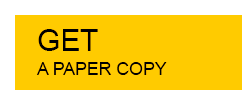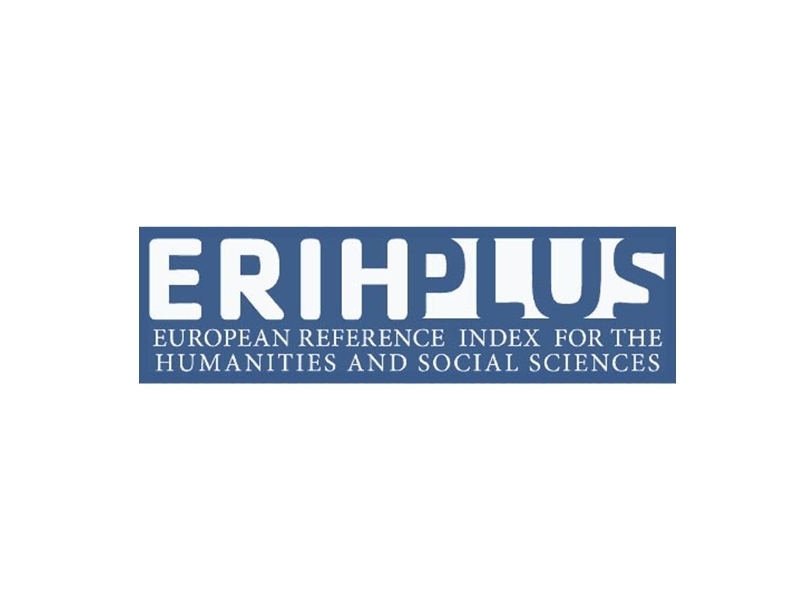PLAGIARISM POLICY
Stasis journal is committed to publishing original material only, i.e., material that has neither been published, nor been submitted for review elsewhere.
Stasis journal uses software to detect instances of possible plagiarism in submitted manuscripts: Detector Plagiarist, Antiplagiat, eTXT. The editorial board will decline to publish manuscripts in which plagiarism or textual borrowings are found without reference to the original source.
Plagiarism before publication
Stasis journal will judge each case of suspected plagiarism on its own merits. If plagiarism is detected — either by the editors, peer reviewers, or editorial staff at any stage before the publication of a manuscript (before or after acceptance, during editing, or at proofing stage) — we will alert the author(s), and request that either the text be rewritten, or an attribution to the original source provided. If the plagiarism is extensive — that is, if at least 25% of the original submission is deemed to have been plagiarized — the article may be rejected and the author's institution/employer notified.
Policy of checking for plagiarism
Manuscripts in which plagiarism is detected are handled according to the severity of the case. If plagiarism accounts for less than 25% of the material, the manuscript is immediately sent back to the authors for revision. If it accounts for more than 25%, the manuscript is rejected without editorial review. Authors are advised to revise the plagiarized parts of the manuscript and resubmit their text as a fresh manuscript.
The percentage of plagiarism is calculated by software as well as being assessed manually.
Plagiarism after publication
If plagiarism is detected after publication, the journal will conduct an investigation. If plagiarism is confirmed, the journal’s editorial office will contact the author's institute and/or funding agencies. Depending on the extent of the plagiarism, the paper may also be formally retracted.
Recommendations for avoiding plagiarism
- Use quotation marks around words that are taken verbatim from a source
- Do not change the original content of a quotation Use single quotation marks for a quotation within a quotation
- Use ellipses (a space and three periods) for any omitted parts of a quotation.
- Use square brackets around words added to a quotation
- Limit the use of direct quotations
Attempt to paraphrase the source’s information or argument, or summarize the information or arguments derived from a variety of sources using your own words.
Authors are responsible for obtaining copyright permission for the reproduction of illustrations, tables, or figures taken from other authors and/or sources. Permission must be cited immediately below each figure.
Self-plagiarism
In some cases, authors have written multiple chapters for different books where each manuscript has been altered only slightly. Each manuscript is uniquely copyrighted when published. As the author no longer owns the rights to these words, he or she is not advised to reproduce them. Most editors and reviewers would argue that self-plagiarism is unethical. Thus, an author cannot reproduce his or her own material for a new manuscript without permission of the copyright holder. Alternatives include using quotation marks around short phrases of one’s own work and citing appropriate references.









